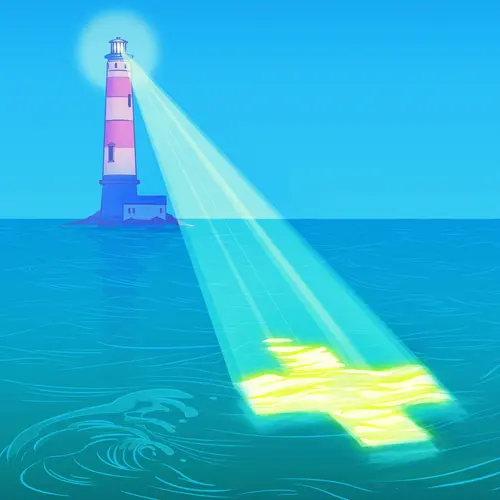While people with primary hyperoxaluria type 1 (PH1) often have kidney-related problems, the disease can have many warning signs that vary from person to person.
Some people have mild symptoms. Others have serious, sometimes life-threatening ones. Even two people in the same family who have PH1 can have different symptoms. Some people never have symptoms.
Although you’re born with this disease, its first signs may appear at any time from babyhood to middle age.
Symptoms in Babies
About 10% of people with PH1 get their first symptoms between infancy and early childhood. This type, called infantile PH1, can be serious.
Parents may notice that their baby is too small in height and weight for their age. This is called failure to thrive. Babies and young children with PH1 may also have high levels of oxalate in their urine when it's tested at their doctor’s appointments.
Another early sign of PH1 in babies and very young children is painful stones in their kidneys, bladders, or urethras. People with PH1 lack an enzyme that controls the levels of oxalate in their bodies. Oxalate is a substance that can combine with calcium to form hard stones in your kidneys or urinary tract.
These stones are rare in children. So they’re a sign that a child may have a serious disease like hyperoxaluria. Symptoms of kidney or urinary tract stones include:
- Blood in the urine
- Pain when you pee
- Need to pee often
- Belly pain
- Many urinary tract infections
- Blocked urinary tract
- Sudden, serious back pain
- Chills
- Fever
Babies and young children with PH1 may also have gradual kidney damage from the buildup of oxalate crystals. As this damage gets worse, they can have kidney failure.
Symptoms in Children and Teens
Most people with PH1 have the first signs as children or teens. These kids may often have kidney or urinary stones.
Younger children may also wet the bed or have a hard time controlling their urination. Kids and teens with PH1 may have kidney damage that gets worse over time. It can sometimes lead to kidney failure.
Symptoms in Adults
Some people don’t have any signs of PH1 until they’re adults, even as late as their 50s. They may repeatedly have kidney stones. If a stone causes a blockage, they may have kidney failure. Sometimes, their kidneys stop working as well as they used to.
When PH1 symptoms first happen in adulthood, it’s considered a milder form of the disease. But as many as half of adults with PH1 get kidney disease or kidney failure.
Complications of PH1
People with primary PH1 can have serious complications if they don't get treated. As their disease gets worse, they can get kidney failure. Its symptoms include:
- Making little or no urine
- Fatigue
- Feeling ill overall
- No appetite
- Nausea
- Vomiting
- Pale skin
- Swollen hands or feet
Oxalate can also build up in other parts of your body, like your:
- Bones
- Eyes
- Heart
- Skin
- Blood vessels
- Central nervous system
The hard crystal deposits can damage these organs and tissues. As this gets worse, you get a complication called oxalosis.
Oxalosis may cause serious symptoms like:
- Bone pain
- Broken bones
- Abnormally hard, dense bones
- Dental problems like tooth pain or loose teeth, and exposure of the tooth roots and pulp
- Anemia that’s hard to treat
- Damage to a nerve that affects eyesight, called optic atrophy
- Retinopathy, a disease of your eye’s retina
- Peripheral neuropathy, a painful nerve condition
- Irregular heartbeat
- Heart block, in which your heart beats too slowly
- Inflammation of your heart tissue
- Stroke
- Narrowed blood vessels
- Joint pain
- Swollen liver or spleen
- Purple spots on the skin
- Skin rashes
- Gangrene (death of body tissue) on your hands or feet

